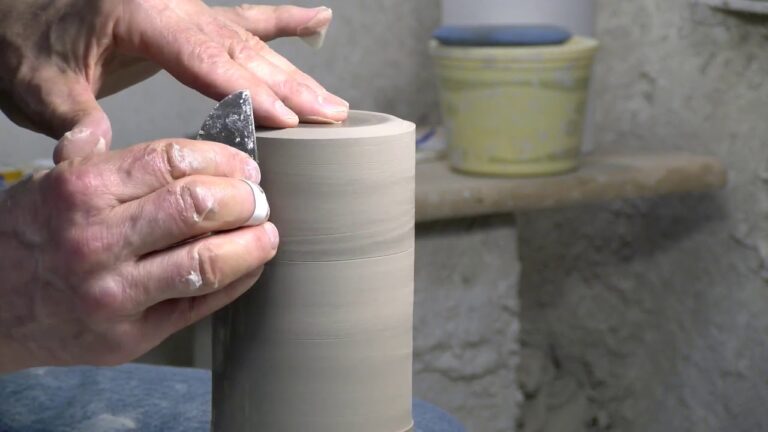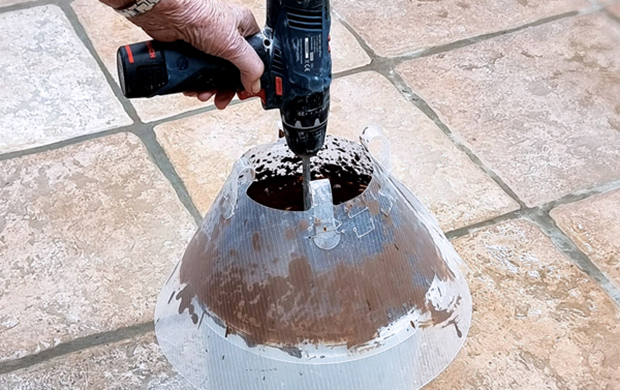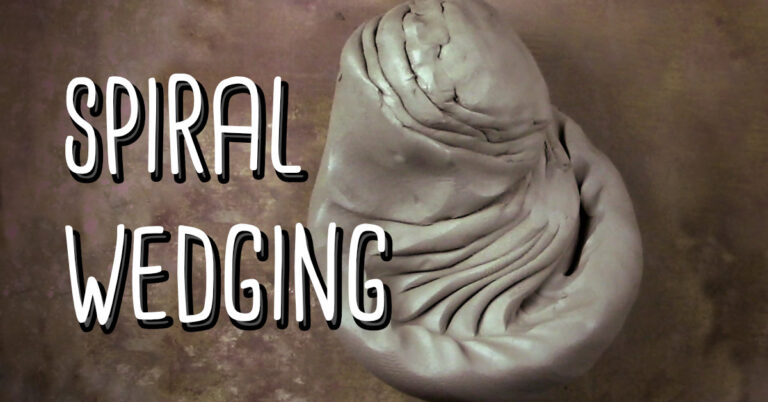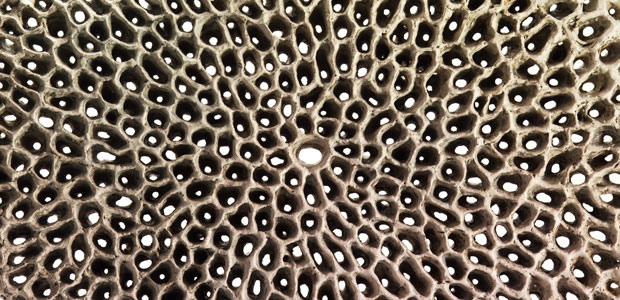

There are a few ways to measure the specific gravity (relative density) of a glaze. When I saw Ron Sardo’s ingenious method in the Ceramics Monthly archive, I knew I had to share! The method outlined in today’s Quick Tip is a quick, small-scale approach that is easy to reset for repeated testing. Take it away, Ron! –Jennifer Poellot Harnetty, editor
There are a few ways to measure the specific gravity (relative density) of a glaze. The method outlined below is a quick, small-scale approach that is easy to reset for repeated testing.
Calculating the specific gravity of a glaze is important if you want consistent results. The standard method uses a 100mL graduated cylinder to measure and weigh the same volumes of glaze and water. But let’s be honest, it’s a pain to clean and dry a graduated cylinder if you have to adjust the glaze you are working on or if you are planning to check a few buckets of glaze at a time. Not to mention the added difficulty if you are using a glass cylinder, which is fragile and very easy to break.
Here is a simple, accurate, inexpensive, and easy-to-clean method that I have been using for a number of years. I know from proven results that it works consistently and is reliable. Here’s what you need:
- 10mL plastic syringe with Luer slip tip (no needle)
- A digital scale that can weigh one-tenth of a gram
Weighing the Glaze
Start by stirring the glaze until it’s ready for use. Place the syringe, along with its cover, on the scale (1), then turn the scale on. Or, if you prefer, you can turn on the scale, place the syringe and its cover on the scale, then press the tare button to zero it out. For me, the first approach is easier.
Next, insert the tip of the syringe into the glaze and pull the plunger back to fill up to the 10mL mark. Replace the cover on the syringe and place it back on the scale (2). In figure 2 you can see the scale reads 14.7 grams.
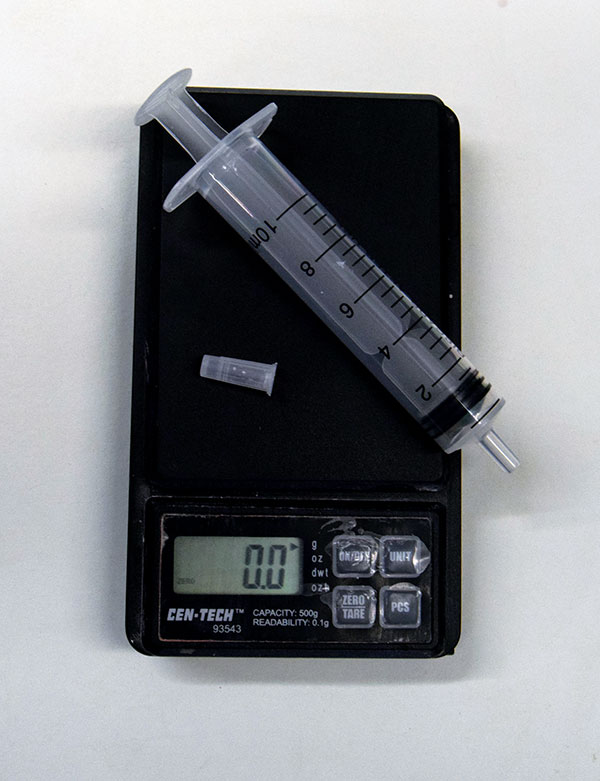
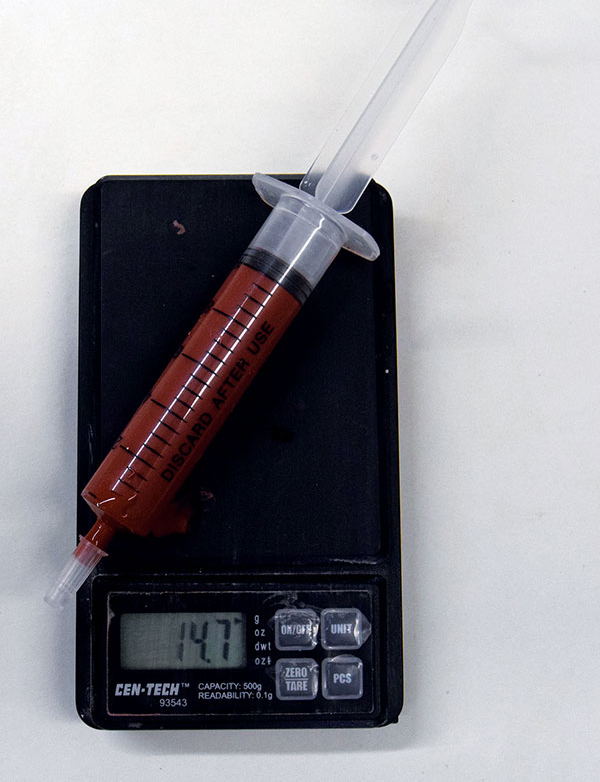
As a rule, 1mL of water weighs 1 gram. Since we are using 10mL of glaze, we need to divide the result by 10 to determine specific gravity. All we need to do is to move the decimal point to the left one place and now we have 1.47, which is the specific gravity that works best for this particular glaze.
To clean, just empty the contents of the syringe into the glaze bucket, then place the syringe’s tip into a bucket of clean water. Pull and push the plunger up and down a few times, shake out any water left, and it’s ready for use again.

